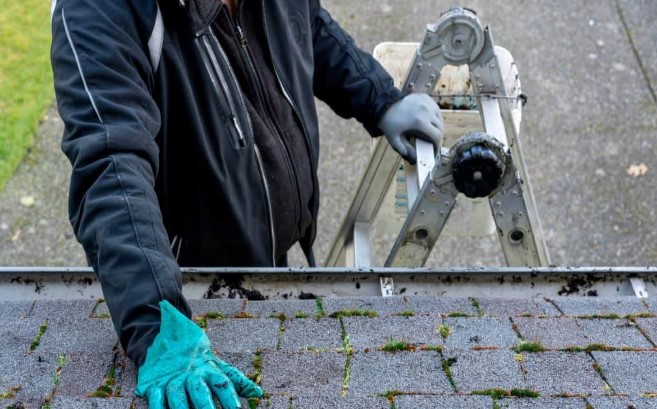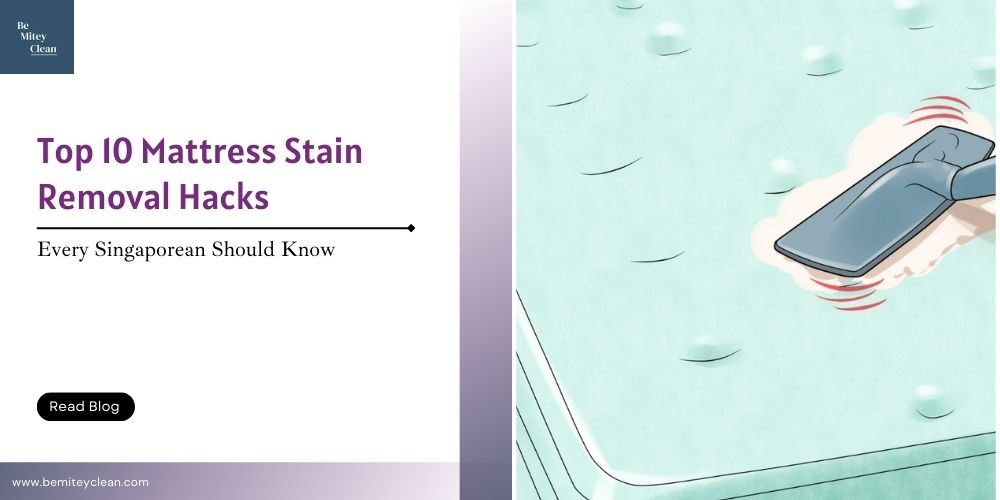Roof Inspection: Importance, Process, and Tips for Homeowners

A solid and well-maintained roof is one of the most critical components of any home. Not only does it provide protection against the elements, but it also contributes to the overall structural integrity and energy efficiency of the house. However, over time, even the most robust roofs can deteriorate due to various factors such as weather conditions, age, and lack of maintenance. This is where regular roof inspections come into play.
The Importance of Roof Inspection
A roof inspection involves a comprehensive assessment of the roof’s condition to identify potential issues and areas that require maintenance or repair. Many homeowners often overlook the importance of regular roof inspections, thinking that their roofs are in good shape. However, even minor issues can quickly escalate into major problems if not addressed promptly.
Why is roof inspection important?
Early Detection of Issues:
Regular roof inspections allow for the early detection of problems such as leaks, damaged shingles, and deteriorating flashing. Addressing these issues early can prevent them from worsening and causing extensive damage to the interior of your home.
Prolonging Roof Lifespan:
A well-maintained roof lasts longer. By identifying and fixing problems promptly, you can extend the lifespan of your roof, saving you the significant cost of premature replacement.
Preventing Costly Repairs:
Small issues can lead to costly repairs if left untreated. Regular inspections can help you identify and fix these issues before they escalate, potentially saving you thousands of dollars.
Maintaining Energy Efficiency:
A damaged roof can compromise the energy efficiency of your home. Inspections ensure that your roof’s insulation and ventilation systems are working correctly, helping you maintain a comfortable indoor environment.
Validating Warranties:
Some roofing warranties require regular inspections to remain valid. Neglecting inspections could result in losing out on potential warranty benefits.
The Roof Inspection Process
A thorough roof inspection involves several key steps to ensure a comprehensive assessment of the roof’s condition.
1. Visual Inspection:
Start by visually examining the roof from the ground, looking for signs of sagging, missing or damaged shingles, and debris buildup. Binoculars can be useful for a closer look.
2. Interior Inspection:
Check the interior of your home for signs of water stains, leaks, or mold growth. These can indicate a roof problem that needs attention.
3. Attic Examination:
Document Findings:
Regular Inspections:
Trim Overhanging Branches: Inspect the attic for proper insulation, ventilation, and signs of water intrusion. Improper ventilation can lead to moisture buildup and accelerate roof deterioration.
4. Check Flashing and Seals:
Inspect the flashing around chimneys, vents, and skylights. Damaged or deteriorating flashing can lead to leaks.
5. Gutter Inspection:
Clear out any debris from gutters and check for proper drainage. Clogged gutters can lead to water backup, potentially damaging the roof and the structure.
6. Shingle Assessment:
Examine the condition of shingles, looking for cracks, curling, or missing pieces. These issues can compromise the integrity of the roof.
7. Inspection After Severe Weather:
If your area experiences severe weather such as heavy rain, hail, or strong winds, it’s advisable to conduct a thorough inspection afterward, as these conditions can cause hidden damage.
Tips for Homeowners
Performing a roof inspection on your own can be a valuable practice, but it’s essential to prioritize safety. If you’re uncomfortable with heights or unsure about the process, it’s best to hire a professional roofing contractor for a comprehensive assessment. Here are some tips for homeowners conducting their own inspections:
Safety First:
If you’re climbing onto your roof, use proper safety equipment such as a stable ladder and appropriate footwear. Avoid inspecting the roof during wet or icy conditions.
Take photos or notes of any issues you discover during the inspection. This documentation can be helpful when discussing repairs with professionals.
Aim for at least two roof inspections per year – one in the spring and one in the fall. Additionally, inspect the roof after any significant weather events.
If there are trees near your roof, trim any branches that could potentially damage the roof during storms or strong winds.
Professional Inspection:
While DIY inspections are beneficial, a professional inspection every few years is highly recommended. Professionals have the expertise to spot hidden problems that might be overlooked.
Maintain Gutters:
Keep gutters clean and free of debris to ensure proper drainage and prevent water backup.
FAQs about Roof Inspection
Q1: How often should I inspect my roof?
A: It’s advisable to inspect your roof at least twice a year – in the spring and fall. Additionally, conduct inspections after severe weather events.
Q2: Can I perform a roof inspection on my own?
A: Yes, you can perform a basic inspection on your own, but prioritize safety. If you’re uncomfortable or unsure, consider hiring a professional.
Q3: What should I do if I find issues during the inspection?
A: If you identify issues, such as damaged shingles or leaks, consider hiring a professional roofer to assess and address the problems promptly.
Q4: How do I know if my roof needs repairs or replacement?
A: If your roof has widespread damage, is nearing the end of its expected lifespan, or experiences frequent leaks, it might be time for a replacement. Repairs are suitable for isolated issues.
Q5: Will my homeowner’s insurance cover roof repairs?
A: Coverage depends on your policy and the cause of the damage. Damage from sudden events like storms is often covered, but gradual wear and tear might not be.
Q6: What are the signs of poor roof ventilation?
A: Signs include excessive heat in the attic, mold growth, and higher energy bills. Proper ventilation prevents moisture buildup and extends the roof’s lifespan.
In conclusion
Regular roof inspections are a crucial aspect of home maintenance that should not be overlooked. They play a significant role in preserving the integrity of your roof, preventing costly repairs, and ensuring a safe and comfortable living environment. By understanding the importance of inspections and following the recommended tips, homeowners can take proactive steps to extend the lifespan of their roofs and protect their valuable investment. Remember, a well-maintained roof is not only a sound financial decision but also a key factor in maintaining the overall value and curb appeal of your home.



